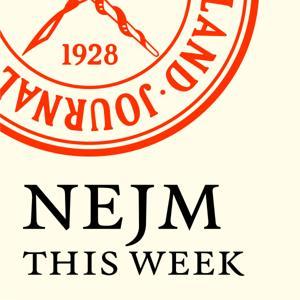The Multiple Myeloma Hub spoke with María-Victoria Mateos, University Hospital of Salamanca, Salamanca, Spain. We asked about the evolving diagnostic criteria for high-risk smoldering MM.
During this interview, Mateos discussed the latest updates in the diagnosis, prognosis, and management of high-risk smoldering MM. The discussion covered the diagnostic criteria that distinguish smoldering MM from monoclonal gammopathy of undetermined significance and active MM, with emphasis on the role of myeloma-defining events. Mateos outlined updates to risk stratification models, including the International Myeloma Working Group 2/20/20 model and its integration with cytogenetics, along with alternative approaches such as flow cytometry, positive emission tomography imaging, genomic profiling, and dynamic models like PANGEA. Mateos highlighted the importance of identifying patients with high-risk smoldering MM, given the significantly higher risk of progression among these patients, and reviewed data from clinical trials supporting therapeutic intervention in this setting. Mateos concluded with an overview of more novel approaches under investigation, including CAR T-cell therapies and bispecific antibodies.
This educational resource is independently supported by Johnson & Johnson. All content was developed by SES in collaboration with an expert steering committee. Funders were allowed no influence on the content of this resource.
Hosted on Acast. See acast.com/privacy for more information.




































